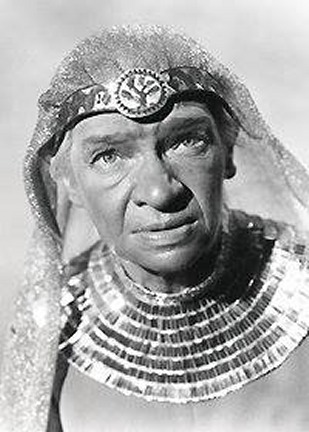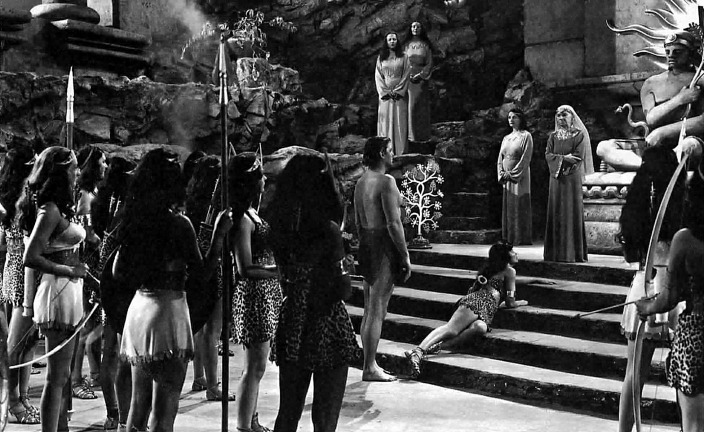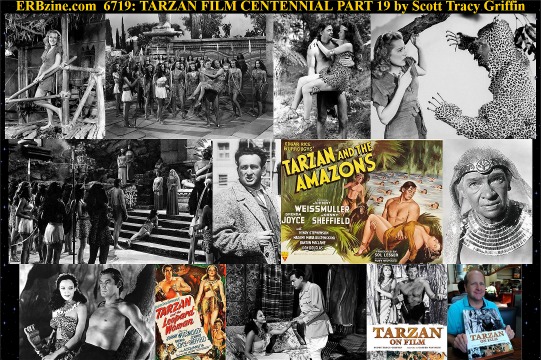
The First and Only Weekly Online Fanzine Devoted to the Life and Works of Edgar Rice Burroughs Since 1996 ~ Over 15,000 Webpages in Archive |

The First and Only Weekly Online Fanzine Devoted to the Life and Works of Edgar Rice Burroughs Since 1996 ~ Over 15,000 Webpages in Archive |
|
 
. The Amazons’ matriarch and ruler in RKO’s “Tarzan and the Amazons” (1945) was played by Madame Maria Ouspenskaya. Frail and tiny, she used her imperious European mein to great effect in her film appearances. |

Click for full-size preview collage
![]()
Celebrate the 100th Anniversary
of Tarzan of the Apes in film with
SCOTT TRACY GRIFFIN and his
TARZAN ON FILM
PART I :: PART
II :: PART III
:: PART IV :: PART
V :: PART VI ::
PART
VII :: PART VIII::
PART
IX
:: PART X
:: PART XI:: PART
XII::
PART XIII::
PART
XIV::
PART XV::
PART
XVI::
PART XVII
::
PART XVIII
:: PART XIX :: PART
XX :: PART
XXI::
PART XXII::
PART
XXIII:
![]()
ERBzine SILVER SCREEN SERIES
www.ERBzine.com/movies
www.erbzine.com/mag5/0502.html
![]()
TARZAN AND THE AMAZONS
www.erbzine.com/mag6/0625.html
TARZAN AND THE LEOPARD WOMAN
www.erbzine.com/mag6/0626.html
![]()
![]()
![]()
![]()

BILL
HILLMAN
Visit
our thousands of other sites at:
BILL
AND SUE-ON HILLMAN ECLECTIC STUDIO
ERB
Text, ERB Images and Tarzan® are ©Edgar Rice Burroughs, Inc.-
All Rights Reserved.
All
Original Work ©1996-2018 by Bill Hillman and/or Contributing Authors/Owners
No
part of this web site may be reproduced without permission from the respective
owners.